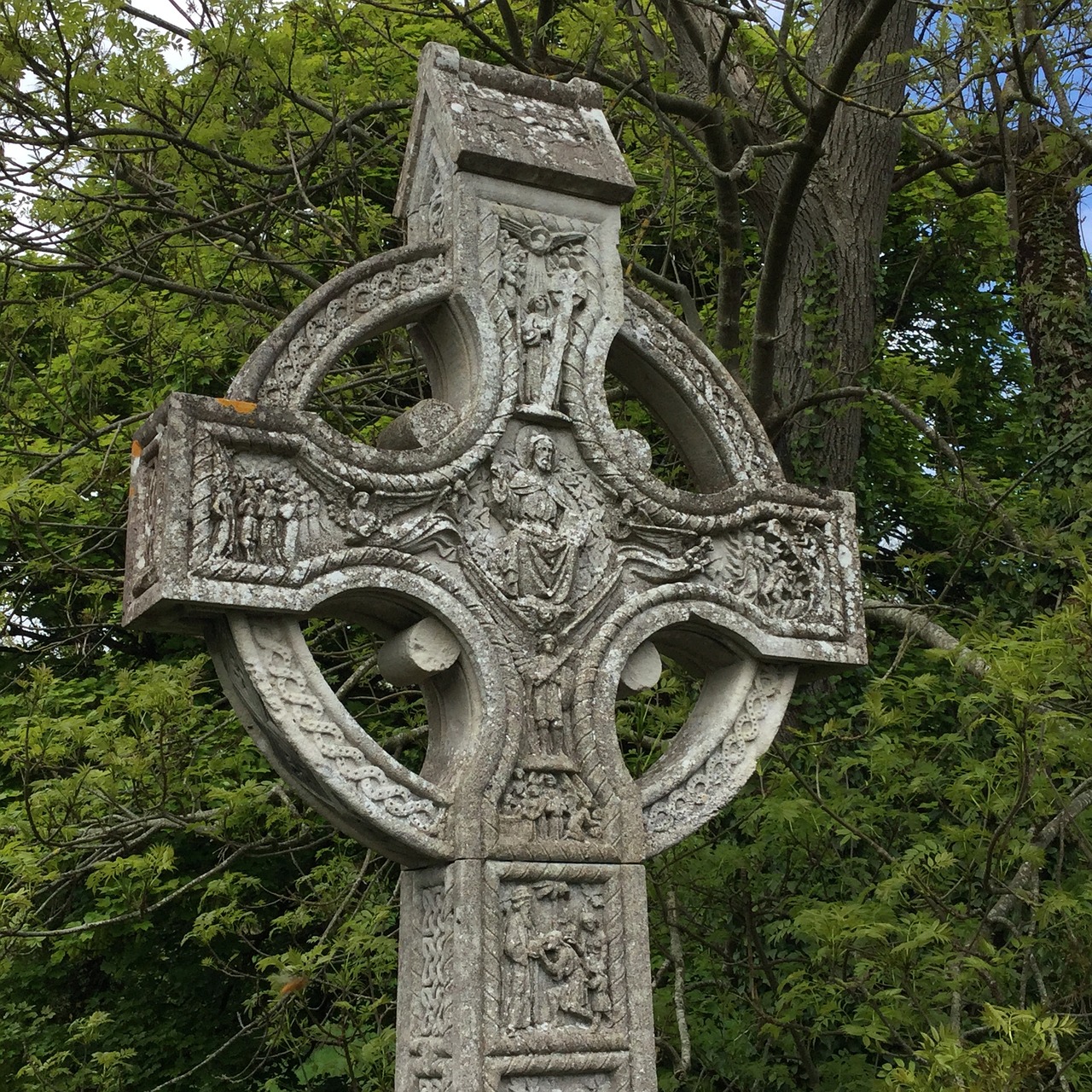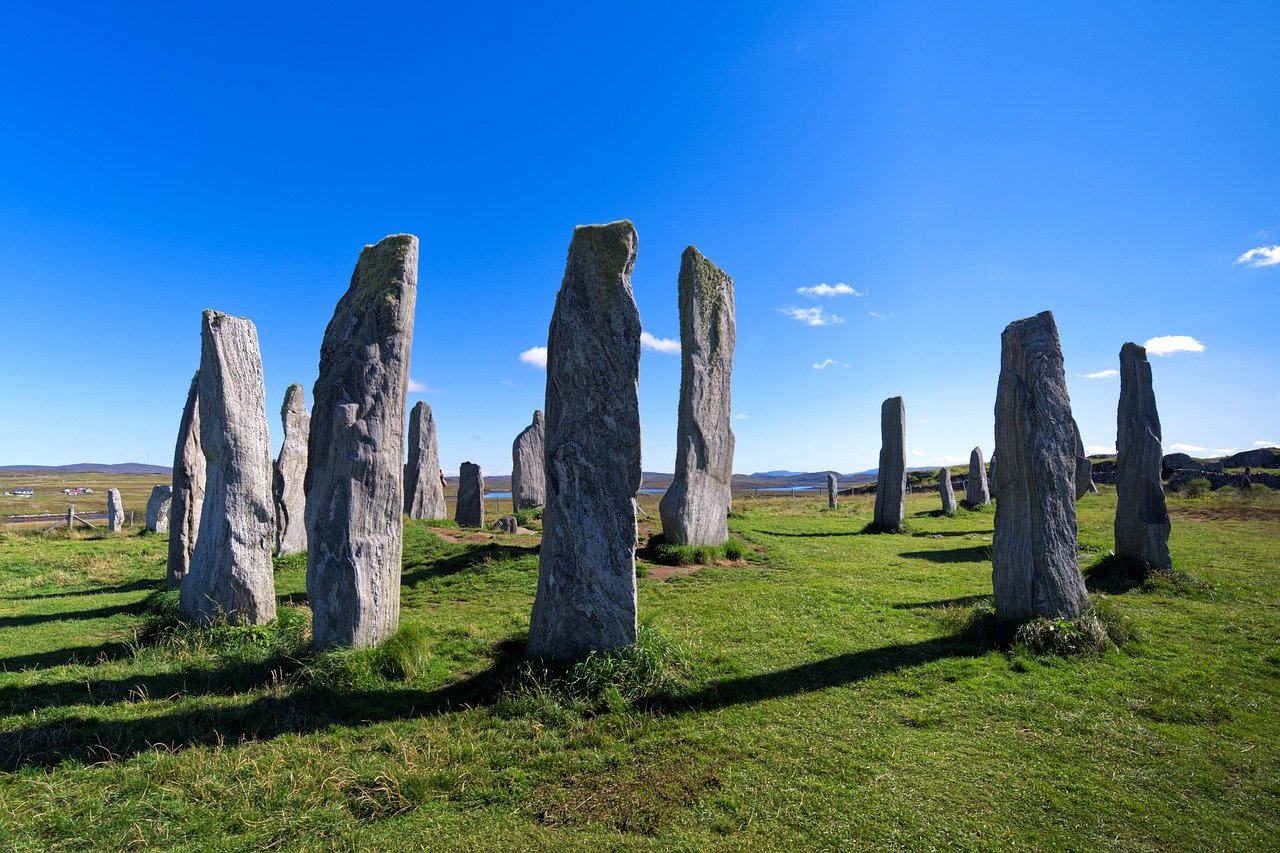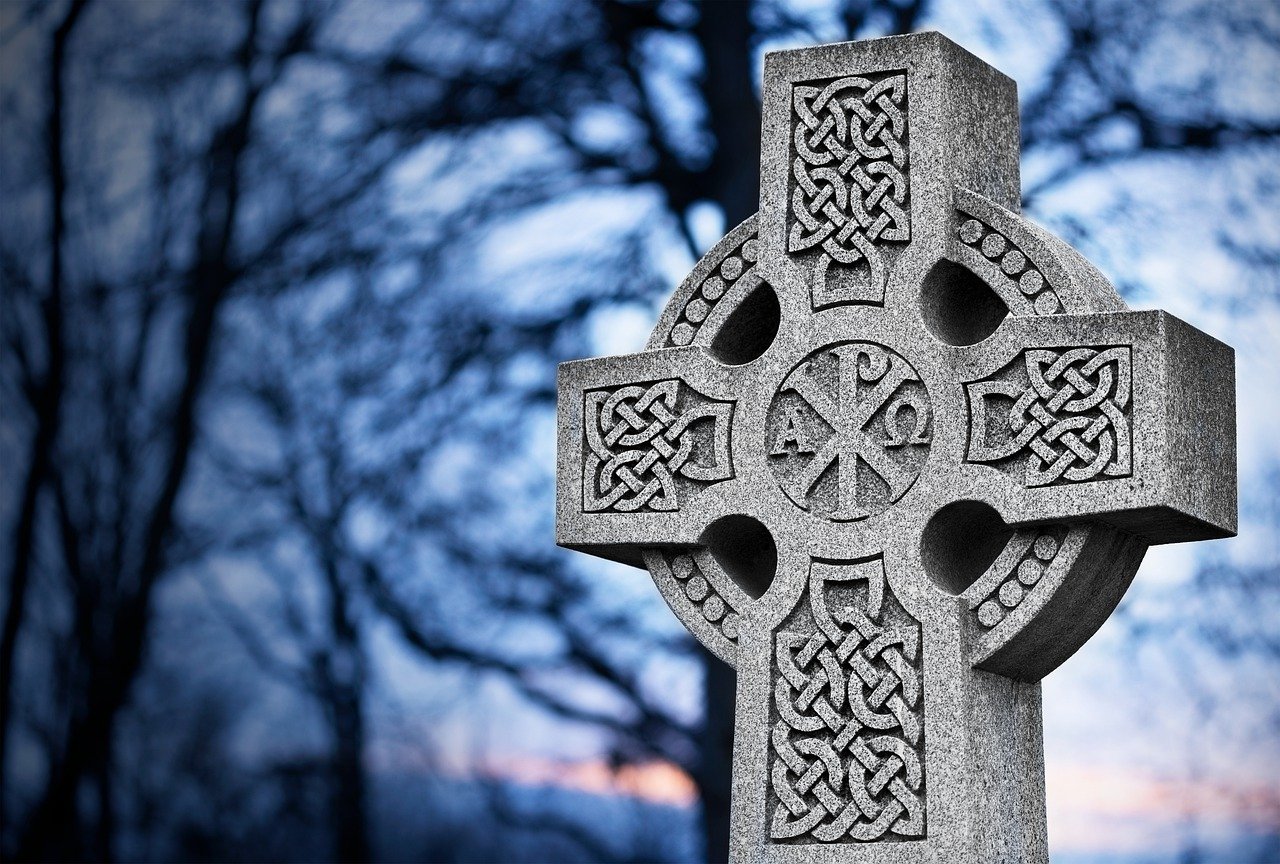Tag: Celtic mythology
-
Lugh the Shining One: A Pillar of Celtic Mythology Introduction Lugh, revered as the shining one, stands as a pivotal figure within Celtic mythology, known for his exceptional abilities in warfare and mastery over a variety of arts and crafts. His title, Lugh Lamhfada, which translates to “Lugh of the Long Arm,” emphasizes his far-reaching…
-
Understanding Nuada’s Silver Hand: A Deep Dive into Its Symbolism I. Introduction Nuada, a pivotal character in Celtic mythology, embodies themes of leadership, valor, and the profound interplay between loss and healing. As the sovereign of the Tuatha Dé Danann, he personifies the intricacies of power and the trials that rulers encounter. Central to his…
-
Epona, a revered goddess within Celtic mythology, derives her name from the Celtic word “epos,” meaning “horse,” with the suffix “-ona” indicating a sense of possession or agency. Identified as the protector of mares and foals, Epona’s significance is evidenced in early writings, notably in Juvenal’s Satires, where he highlights her unique standing among deities…
-
The contributions of the Romans to global civilization are noteworthy, particularly in the realm of architecture, engineering, advanced technologies, governance, and legal systems. However, they also bear the marks of cultural obliteration. While it is recognized that the Romans often integrated various cultural elements into their own society, this practice led to subtle yet profound…
-
Taranis stands out as one of the most fascinating and formidable deities within the Celtic pantheon. As a god associated with thunder, lightning, and storms, Taranis is frequently represented alongside a wheel, symbolizing the celestial dynamics of thunderstorms and potentially connecting him to the cyclical nature of seasons. Who is Taranis? Taranis is an ancient…
-
The Mórrigan, often known as Morrighan or Morrigu, stands out as a prominent warrior goddess in Irish-Celtic mythology. Renowned for her connections to warfare, she incites battle frenzy and is a harbinger of death. Notably, she played a vital role in the demise of the hero Cú Chulainn after he obstinately rejected her advances in…
-
Cernunnos, often revered as an ancient Celtic deity, embodies nature, wildlife, and fertility. His depictions throughout various forms of Celtic art frequently showcase him adorned with stag antlers or horns, coupled with a torc around his neck. Despite the scarcity of concrete details regarding his worship or representations, notable artifacts such as the Gundestrup Cauldron,…
-
A. Sutherland – AncientPages.com – The Tuatha De Danann tribe encompassed several significant divine figures: Dagda, the prominent chief god and his consort, Boann; Morrígan, the goddess of war and fate; Dian Cecht, the deity associated with healing, along with his children Miach and Airmid; Manannán mac Lir, the sea god; and Lugh, the god…




